Home>Garden Essentials>What Does Wiggle Infill Look Like
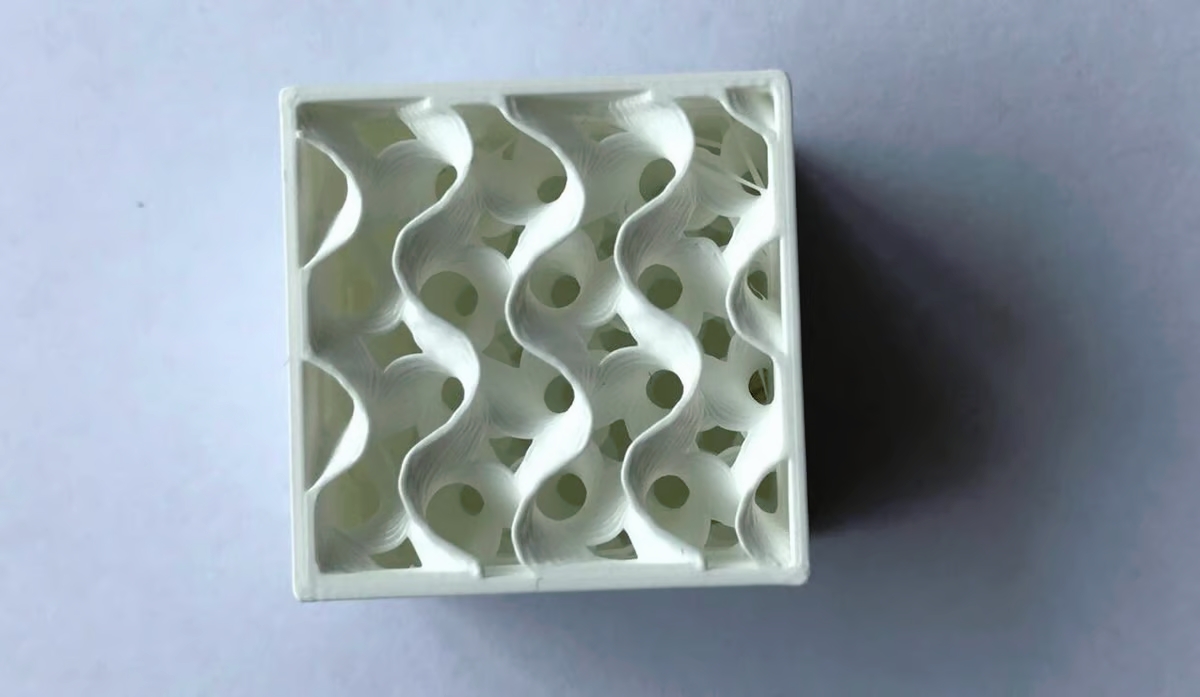

Garden Essentials
What Does Wiggle Infill Look Like
Modified: August 28, 2024
Discover what wiggle infill looks like in your garden. Enhance the aesthetics of your outdoor space with this unique and natural technique.
(Many of the links in this article redirect to a specific reviewed product. Your purchase of these products through affiliate links helps to generate commission for Storables.com, at no extra cost. Learn more)
Introduction
Gardening is a beloved hobby for many, providing a sense of enjoyment, relaxation, and a connection to nature. Whether you have a sprawling backyard or a small balcony, creating a beautiful and vibrant garden is a fulfilling endeavor. One important aspect of gardening is the process of infilling, which involves filling in the gaps between plants or in specific areas of your garden. Among the different types of infilling techniques, one that has gained popularity in recent years is wiggle infill.
Wiggle infill is a unique method that involves creating irregular patterns or paths within your garden using various materials. The idea behind wiggle infill is to add visual interest, texture, and movement to your garden space. This technique allows you to create a captivating and dynamic landscape that is sure to impress both guests and passersby.
In this article, we will explore the definition, purpose, benefits, and characteristics of wiggle infill. We’ll also discuss the factors that affect the appearance of wiggle infill and provide examples and visual representations to inspire your own garden creations.
So, whether you’re a seasoned gardener looking to add a new dimension to your garden or a beginner trying to infuse creativity into your outdoor space, let’s dive into the world of wiggle infill and discover the endless possibilities it offers.
Key Takeaways:
- Wiggle infill adds creativity and visual interest to gardens by creating winding paths and irregular patterns using materials like stones and gravel. It enhances the aesthetics and flow of outdoor spaces, making them more engaging and unique.
- By incorporating wiggle infill, gardeners can personalize their outdoor spaces, improve connectivity, and highlight specific areas. This technique offers endless possibilities for creating visually stunning and dynamic landscapes.
Read more: What Does An Attic Look Like
Definition of Wiggle Infill
Wiggle infill is a technique used in gardening and landscaping to add visual interest and movement to a garden space. It involves creating irregular patterns or paths within the garden using various materials such as stones, pebbles, gravel, or mulch.
The term “wiggle” refers to the curving or winding shape of the paths or patterns created through this technique. Unlike traditional straight paths, wiggle infill paths meander and twist, creating a sense of flow and dynamism. This adds a unique and engaging element to the overall garden design.
Wiggle infill can be used in various areas of the garden, including flowerbeds, walkways, and even larger open spaces. It serves to break up monotonous or empty areas by introducing texture, form, and structure.
By strategically incorporating wiggle infill into the garden, you can create a sense of surprise and discovery. The winding paths can lead visitors to different areas, encouraging exploration and interaction with the garden’s various elements.
While wiggle infill is primarily used for aesthetic purposes, it can also serve functional roles. For example, the irregular shape of the paths can help slow down water runoff, preventing erosion in sloped areas. Additionally, the use of different materials in the infill can create contrast and highlight specific plants or features in the garden.
Overall, wiggle infill is a creative technique that allows gardeners to add movement and visual appeal to their outdoor spaces. It provides an opportunity for self-expression and an invitation for nature enthusiasts to connect with their gardens in a unique and engaging way.
Purpose and Benefits of Wiggle Infill
Wiggle infill serves multiple purposes and offers a range of benefits for your garden. Let’s explore the various reasons why this technique is gaining popularity among gardeners:
1. Visual Interest and Aesthetics:
One of the primary purposes of wiggle infill is to enhance the visual appeal of your garden. The irregular, winding paths create a sense of movement and intrigue, making your garden visually captivating. The unique patterns and textures add depth and dimension to the overall design, transforming an ordinary garden into a visually stunning landscape. Whether you have a small courtyard or a large backyard, wiggle infill can bring your garden to life.
2. Creativity and Personalization:
With wiggle infill, you have the freedom to express your creativity and personalize your garden space. The technique allows you to experiment with different materials, colors, and patterns, giving you endless possibilities to design a garden that reflects your style and personality. By infusing your unique touch into the infill, you can create a garden that is truly one-of-a-kind.
Read more: What Does Thyme Look Like?
3. Pathway and Flow:
Wiggle infill can be used to create pathways throughout your garden. These winding paths not only add visual interest but also improve the flow and connectivity within the space. The irregular shape of the paths encourages visitors to meander and explore, making the garden experience more interactive and enjoyable.
4. Contrast and Highlighting:
The use of different materials in wiggle infill allows you to create contrast and highlight specific plants, features, or areas in your garden. By strategically placing contrasting materials in the infill, you can draw attention to focal points or create visual hierarchy, emphasizing the beauty of certain elements in your garden.
5. Environmental Benefits:
Wiggle infill can also have environmental benefits. The irregular paths can help slow down water runoff, allowing for better infiltration and reducing the risk of erosion. By using permeable materials like gravel or mulch in the infill, you can promote water absorption and minimize the impact of heavy rainfall on your garden.
6. Low Maintenance:
Another advantage of wiggle infill is that it requires minimal maintenance. Once the paths or patterns are established, they generally require little upkeep. This makes wiggle infill a practical choice for those who prefer low-maintenance gardens but still want to add an artistic touch.
By incorporating wiggle infill into your garden, you can create a visually stunning and personalized space that invites exploration and reflects your style. The technique offers numerous benefits and allows you to unleash your creativity, making gardening an even more enjoyable and fulfilling experience.
Read more: What Does A Gable Look Like?
Factors Affecting the Appearance of Wiggle Infill
When it comes to creating wiggle infill in your garden, there are several factors that can influence its overall appearance. Understanding these factors will help you achieve the desired effect and create a visually appealing landscape. Let’s explore the key elements that play a role in the appearance of wiggle infill:
1. Materials:
The choice of materials used for wiggle infill has a significant impact on its appearance. Different materials, such as stones, pebbles, gravel, or mulch, can create varying textures, colors, and patterns. Consider the overall theme of your garden and the desired visual effect when selecting materials for your wiggle infill. For a more natural and organic look, you might opt for earth-toned gravel or mulch. If you want a modern and sleek aesthetic, smooth stones or colorful pebbles might be more appropriate.
2. Size and Shape:
The size and shape of the infill materials play a crucial role in determining the overall appearance of wiggle infill. Larger stones or gravel will create a bolder and more pronounced look, while smaller pebbles or mulch will provide a finer texture. Similarly, the shape of the materials will influence the flow and pattern of the wiggle infill. Experiment with different sizes and shapes to find the combination that best suits your garden design.
3. Placement and Arrangement:
The way you place and arrange the infill materials will affect the visual impact of your wiggle infill. Consider the overall layout of your garden and the flow of the space. You can create gentle curves or more intricate patterns depending on the desired effect. Experiment with different arrangements to find the perfect balance between creativity and functionality.
Read more: What Does A Shed Look Like
4. Contrast and Complement:
Creating contrast or complementing the surrounding elements in your garden can enhance the appearance of wiggle infill. Consider the colors and textures of the plants, hardscapes, and structures around the infilled areas. Choose materials that either contrast or harmonize with the existing elements to create a visually pleasing and cohesive garden design.
5. Maintenance:
The maintenance of wiggle infill can also contribute to its overall appearance. Regularly removing debris, weeds, and fallen leaves can keep the pathway clean and well-maintained. Proper maintenance ensures that the wiggle infill remains visually appealing and in good condition.
By considering these factors, you can create wiggle infill that enhances the beauty and overall aesthetic of your garden. Experiment with different materials, sizes, and arrangements to find the perfect combination that brings your vision to life.
Characteristics of Wiggle Infill
Wiggle infill is a technique that adds a unique and dynamic element to your garden. Understanding the characteristics of wiggle infill will help you create a visually appealing and cohesive garden design. Let’s explore the key characteristics of wiggle infill:
1. Irregular Shape:
One of the defining characteristics of wiggle infill is its irregular shape. Unlike straight paths or patterns, wiggle infill creates winding and curving paths. These irregular shapes add movement and visual interest to your garden, making it more engaging and enticing to explore.
Read more: What Does A Mop Look Like
2. Flow and Connectivity:
Wiggle infill helps improve the flow and connectivity of your garden space. The meandering paths guide visitors through different areas of the garden, creating a sense of discovery and exploration. By connecting various garden elements, such as flower beds, seating areas, or water features, wiggle infill establishes a cohesive flow within your outdoor space.
3. Textures and Contrasts:
The materials used in wiggle infill create various textures and contrasts, adding depth and visual appeal to your garden. Whether you choose gravel, stones, or mulch, textured infill materials create a tactile experience for visitors and make the garden more visually interesting. Additionally, the contrast between the infill materials and surrounding plants or hardscapes emphasizes the beauty of both the infill and the existing elements in your garden.
4. Versatility:
Wiggle infill is a versatile technique that can be applied to different areas of your garden. Whether you have a large open space or a small corner, wiggle infill can be adapted to fit any size or shape. It allows you to add visual interest and creative elements to various parts of your garden, making it a flexible and adaptable technique for garden design.
5. Low Maintenance:
Despite its visually impactful nature, wiggle infill is generally low maintenance. Once established, the infill materials require minimal upkeep. Regular cleaning to remove debris and occasional replenishment of the infill material may be necessary to maintain its appearance. However, overall, wiggle infill is a low-maintenance option for adding beauty and character to your garden.
Read more: What Does A Protractor Look Like
6. Personalization:
Wiggle infill allows you to personalize your garden space and express your creativity. You can choose different infill materials, patterns, and arrangements to reflect your personal style and preferences. This characteristic of wiggle infill makes it a great opportunity for self-expression and creating a garden that is truly unique to you.
By understanding these characteristics, you can effectively incorporate wiggle infill into your garden design. Remember to consider the flow, textures, maintenance, and personalization aspects to create a visually captivating and inviting outdoor space.
Examples and Visual Representation of Wiggle Infill
Looking for inspiration to incorporate wiggle infill into your garden? Let’s explore some examples and visual representations to spark your imagination and help you visualize the possibilities:
1. Curving Gravel Pathway:
Imagine a garden with a meandering gravel pathway that winds its way through lush flower beds. The irregular shape and texture of the gravel create a sense of movement and add visual interest to the space. This type of wiggle infill provides a natural and organic feel while guiding visitors on a delightful journey through the garden.
2. Stepping Stone Maze:
A whimsical and playful approach to wiggle infill is to create a stepping stone maze. Use different sizes and shapes of stepping stones to create a labyrinth-like pattern that leads visitors through your garden. The arrangement of the stones can be adjusted to create unique and unexpected pathways, making the garden an interactive and engaging experience.
Read more: What Does Sea Glass Look Like
3. Mulch Swaying Path:
For a softer and more natural feel, consider using mulch as your wiggle infill material. Create a winding pathway with the rich, earthy tones of mulch. This infill choice enhances the natural beauty of the surrounding plants and adds a gentle flow to your garden. As visitors follow the path, they can immerse themselves in the lush greenery and enjoy the tranquility of the space.
4. Pebble-Edged Flowerbeds:
Another creative way to incorporate wiggle infill is by applying it to the edges of flowerbeds. Instead of traditional straight edges, use small pebbles to create wavy or curving borders for your flowerbeds. This unique element adds texture and defines the boundaries of your garden while giving it a charming and playful touch.
5. Paver Patios with Zigzag Patterns:
Extend the concept of wiggle infill to your outdoor seating areas by using pavers to create zigzag patterns. The irregular shape and arrangement of the pavers lend a contemporary and artistic flair to your patio. This style of wiggle infill adds an unexpected and eye-catching feature to your outdoor living space.
These examples provide just a glimpse of the possibilities when it comes to wiggle infill. Let your creativity soar and experiment with different materials, shapes, and arrangements to create a garden that is truly unique and reflects your personal style.
Visual representations, such as garden design magazines, websites, or even online image searches, can further inspire and guide you in your exploration of wiggle infill. Take inspiration from these resources and adapt the ideas to suit your individual garden space and preferences.
Remember that the key is to infuse your own creativity and make the wiggle infill a reflection of your unique style and vision. Happy gardening!
Conclusion
Wiggle infill is a fantastic technique that adds an element of creativity and visual interest to your garden. By incorporating irregular patterns and winding paths, you can transform your outdoor space into a captivating and dynamic landscape. Throughout this article, we have explored the definition, purpose, benefits, characteristics, and examples of wiggle infill.
Wiggle infill offers numerous advantages, including enhancing the aesthetics of your garden by adding movement, texture, and contrast. It allows you to personalize your garden and express your unique style and personality. Additionally, wiggle infill improves the flow and connectivity within your garden, creating a sense of exploration and discovery for both you and your visitors.
When implementing wiggle infill, factors such as materials, size and shape, arrangement, contrast, and maintenance should be taken into consideration. These factors play a crucial role in determining the overall appearance and success of your wiggle infill design.
Visual representations and examples can serve as inspiration when planning and executing your wiggle infill project. By integrating your imagination and individual preferences, you can create a garden that is both visually stunning and a reflection of your personal style.
In conclusion, wiggle infill is a versatile and exciting technique that allows you to add a touch of creativity and artistry to your garden. Whether you’re looking to create winding pathways, highlight specific areas, or simply enhance the overall aesthetic, wiggle infill offers endless possibilities. So, grab your gardening tools, unleash your imagination, and infuse your garden with the magic of wiggle infill.
Frequently Asked Questions about What Does Wiggle Infill Look Like
Was this page helpful?
At Storables.com, we guarantee accurate and reliable information. Our content, validated by Expert Board Contributors, is crafted following stringent Editorial Policies. We're committed to providing you with well-researched, expert-backed insights for all your informational needs.
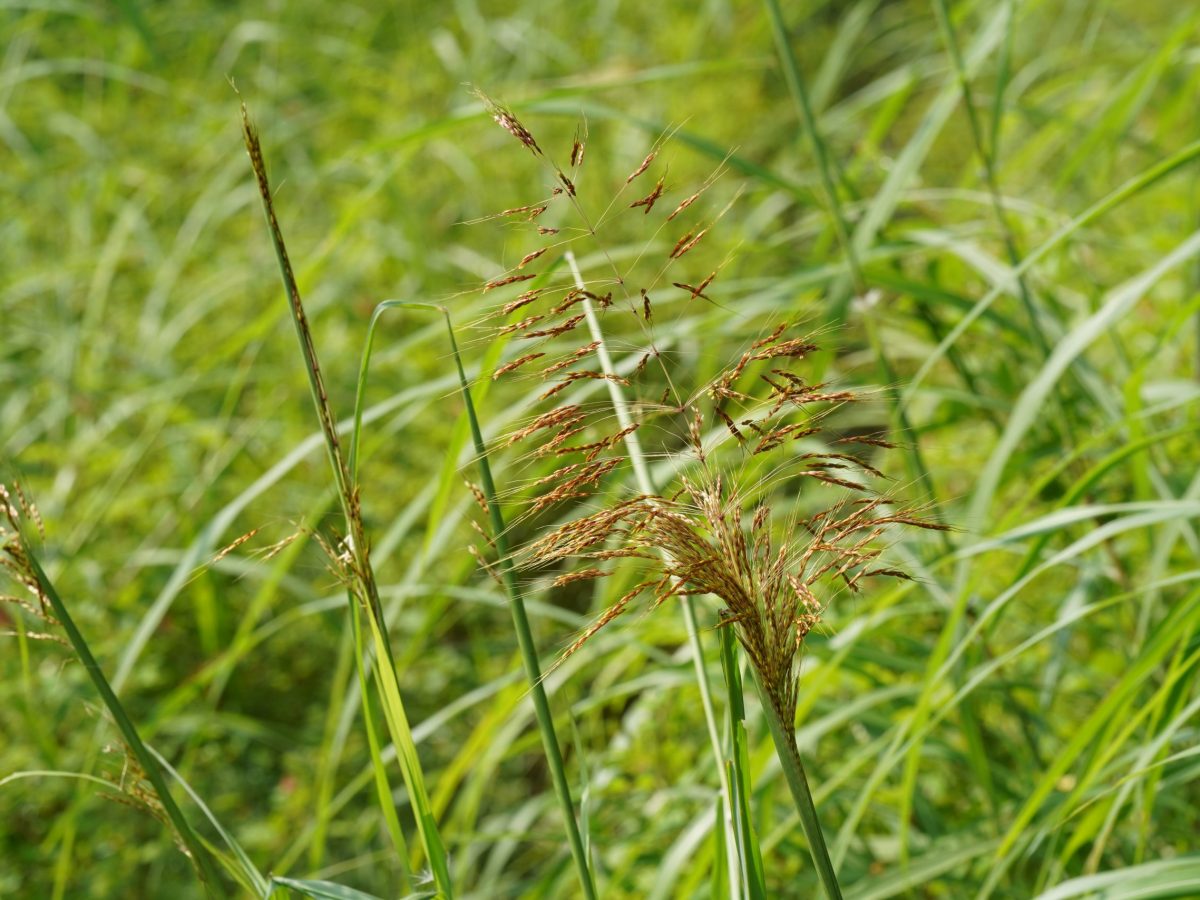
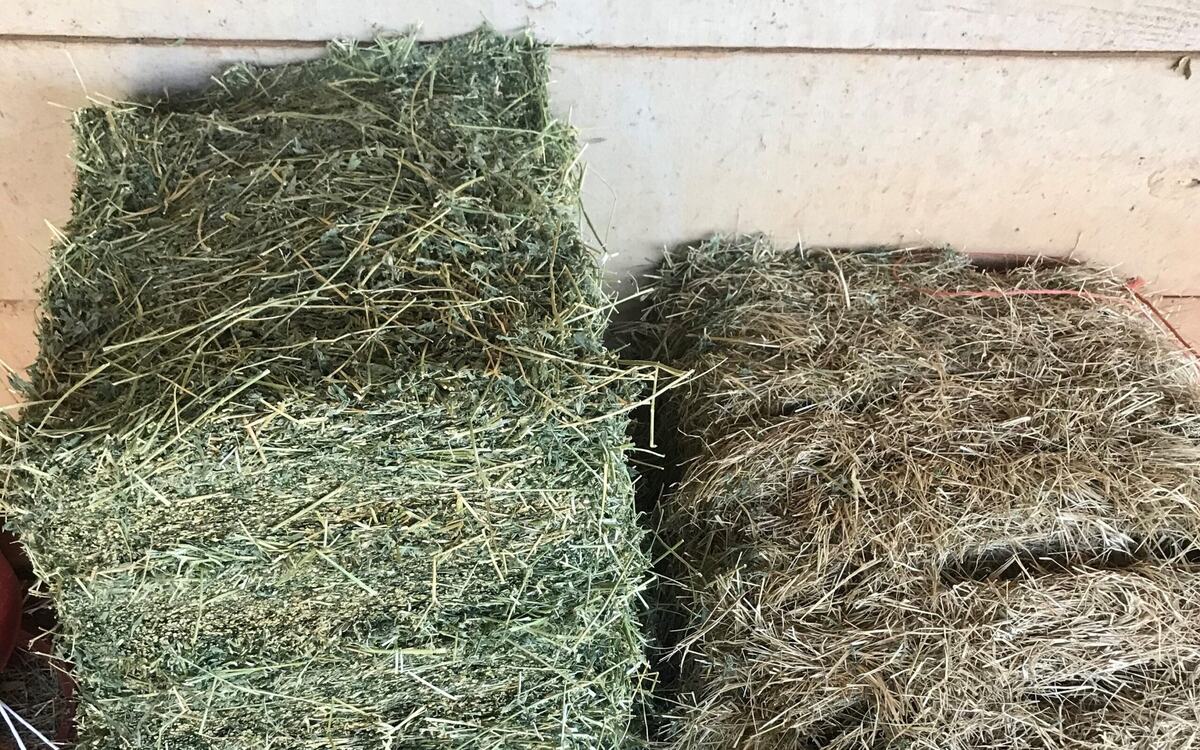
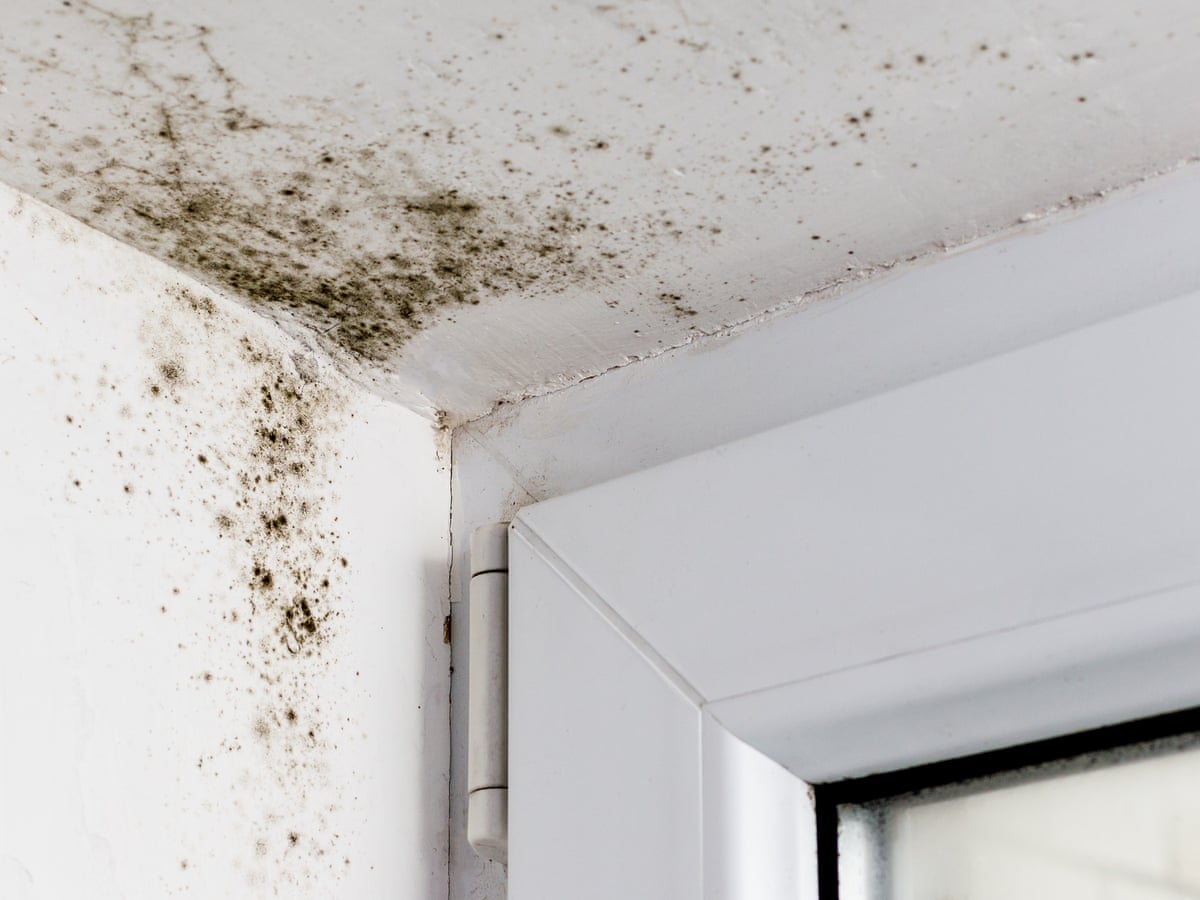
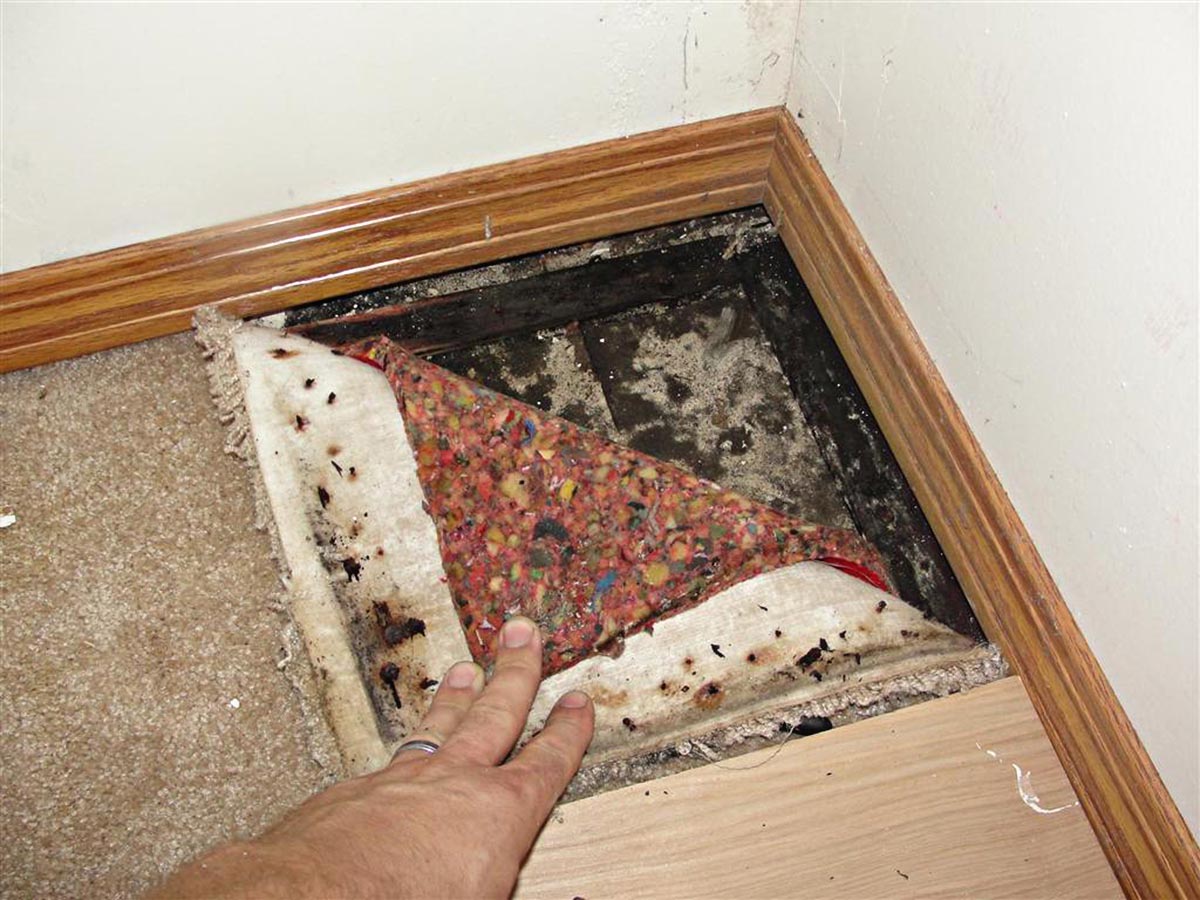
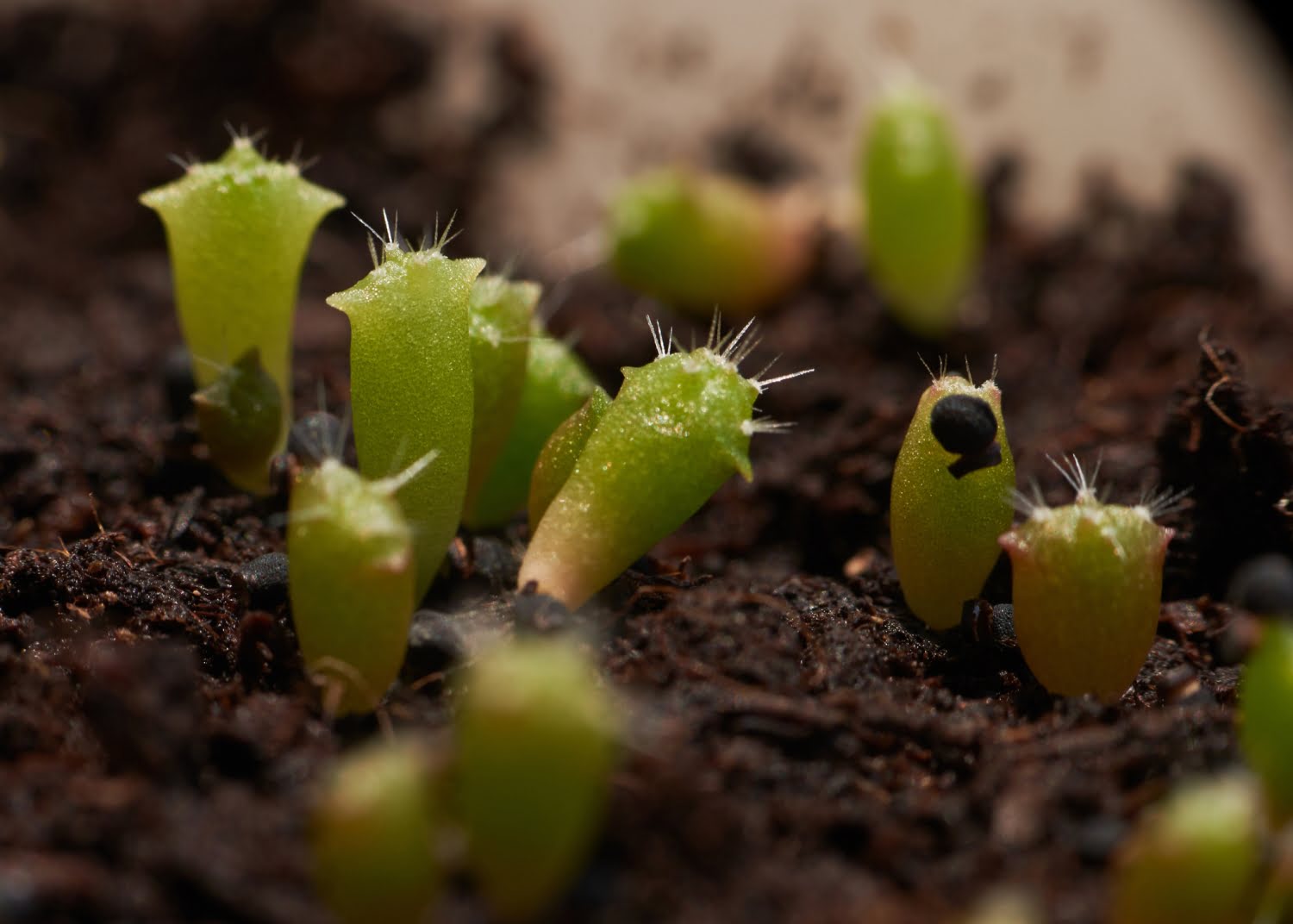
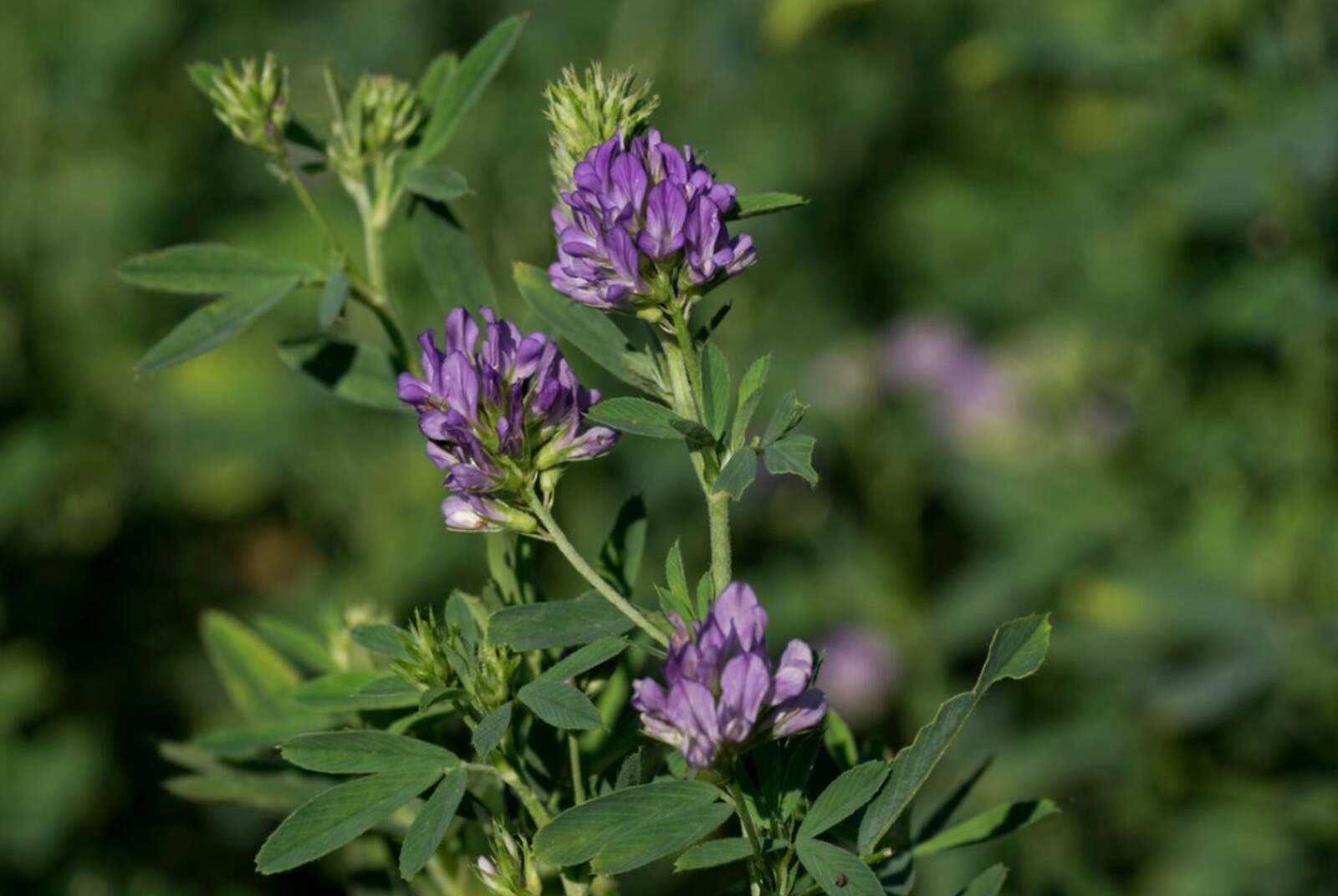
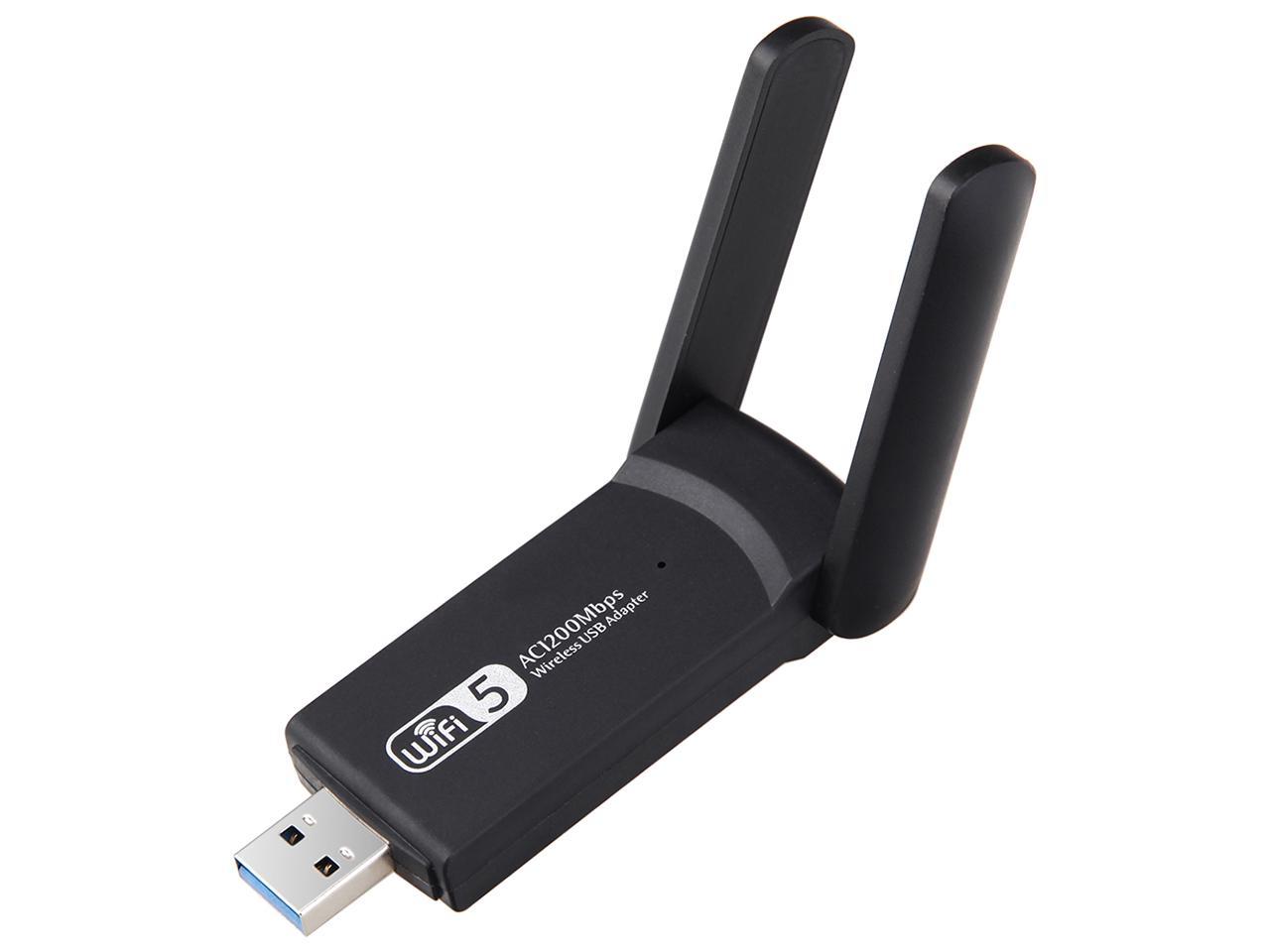
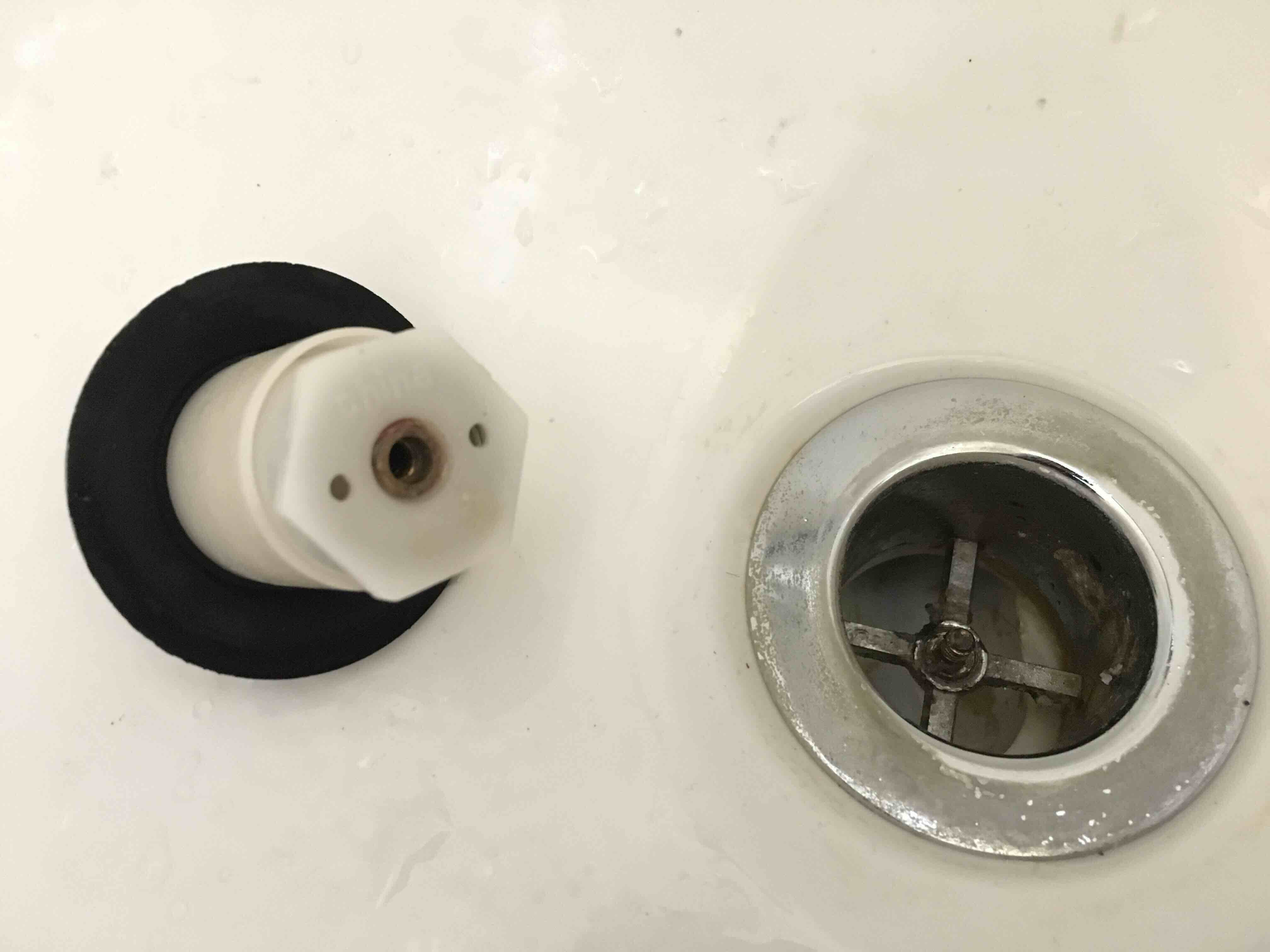


0 thoughts on “What Does Wiggle Infill Look Like”